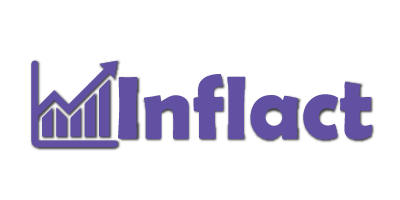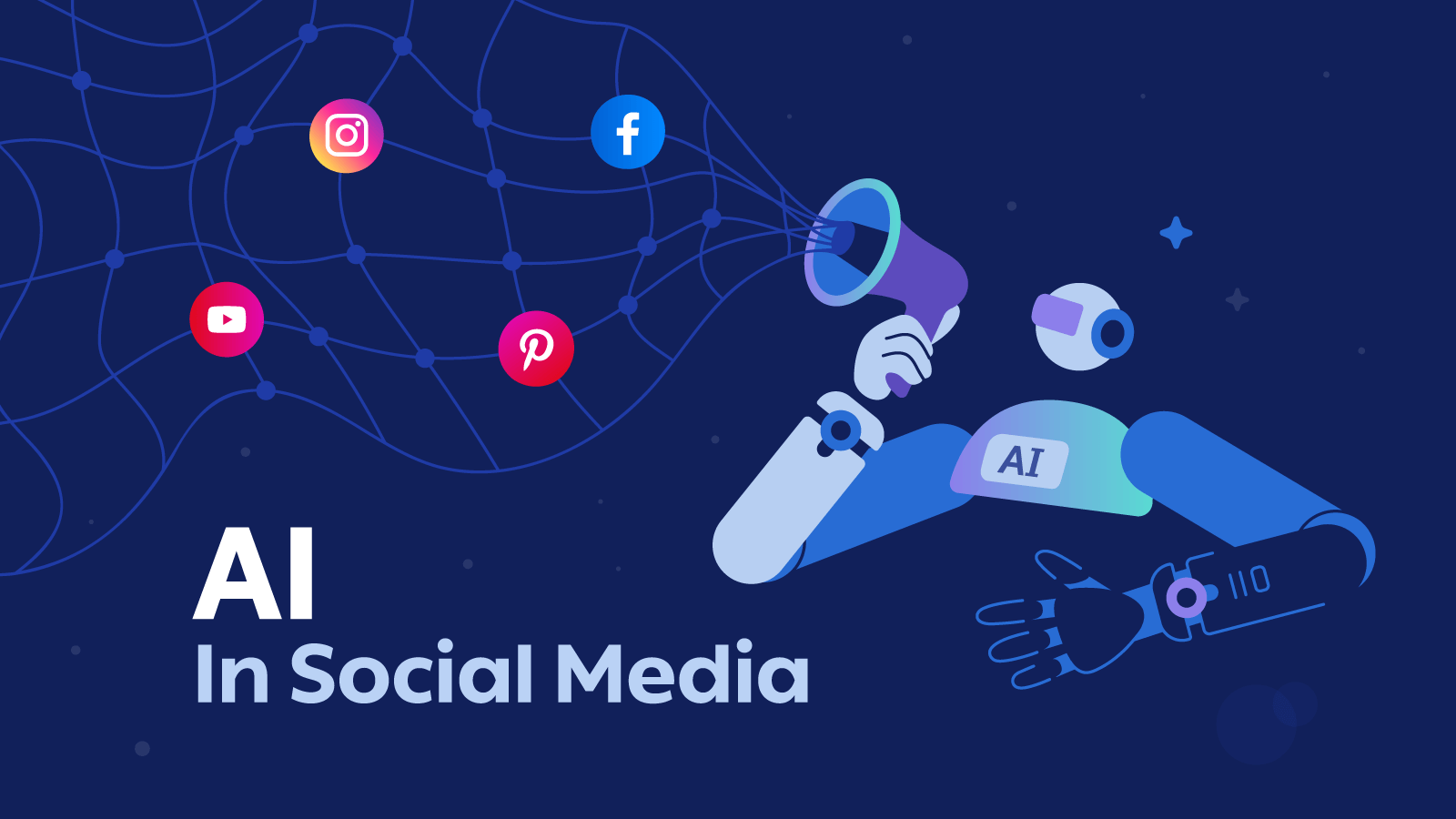Time Constraints in Document Analysis
Reviewing medical records manually is a big time sink. Think about it: stacks of paper, or maybe digital files that are just as dense. Attorneys and their staff spend hours, sometimes days, just sifting through everything. This takes away from actual case preparation, like talking to clients or strategizing for trial. It’s a real bottleneck.
The sheer volume of information makes it hard to find what’s important quickly. This manual process is just not built for the speed modern law firms need. It’s a constant struggle against the clock.
Cost Inefficiencies for Legal Teams
Beyond just the time, there’s the cost. Paying paralegals or junior associates to pore over these documents adds up fast. It’s a significant expense that doesn’t directly contribute to winning cases. Firms end up spending a lot of money on staff just to get through the paperwork.
This is especially tough for smaller firms that don’t have huge budgets. They have to decide if they can afford to dedicate so many resources to just one part of case preparation. It’s a financial drain.
Overcoming Information Overload
Medical records are complex. They’re full of jargon, different formats, and sometimes, just plain messy handwriting. Trying to piece together a clear picture from all this can feel like trying to solve a puzzle with half the pieces missing. It’s easy to miss something important.
The challenge isn’t just reading the documents; it’s understanding the story they tell and spotting the critical details that matter for a legal case. This is where the manual approach really struggles.
It’s a lot to manage, and the risk of overlooking a key fact is always there. This information overload is a major hurdle for effective case preparation.
AI’s Role in Streamlining Case Preparation
Accelerating Medical Record Review for Attorneys
Manual medical record review is a time sink. Attorneys often spend countless hours sifting through stacks of paper, looking for that one crucial piece of information. AI changes this. It can quickly scan and process thousands of pages, pulling out key details like diagnoses, treatments, and dates. This acceleration means lawyers get to the important stuff much faster, freeing them up for more strategic work. AI helps speed up medical record review for attorneys, making the whole process more efficient.
Enhancing Accuracy with AI Medical Chronologies
Creating accurate medical chronologies is vital for building a strong case. AI excels at this. It can build detailed timelines of a patient’s medical history, noting every visit, treatment, and medication. This level of detail, generated rapidly, reduces the chance of human error. AI medical chronologies provide a clear, organized, and precise overview of a patient’s health journey. This accuracy is a big win for case preparation.
Improving Case Outcomes Through Technology
When legal teams can review medical records faster and more accurately, it directly impacts the outcome of a case. Attorneys have more time to focus on legal strategy and client interaction. The insights gained from AI-powered analysis can uncover critical evidence that might have been missed manually. Using technology like AI for medical record review means better-prepared cases and, ultimately, better results for clients.
Transforming Medical Record Analysis with AI
AI Co-Pilot for Instant Information Retrieval
Imagine searching thousands of pages of medical records as easily as you search the internet. With advanced AI, attorneys can instantly find every mention of a specific medication, symptom, provider, or diagnosis. This capability transforms how attorneys interact with medical records, making information instantly accessible rather than buried in lengthy documents. The AI can function as an intelligent co-pilot, allowing legal professionals to ask questions in plain English and receive specific, accurate answers with citations.
Traceable Citations for Verification
Perhaps the most powerful feature of modern medical record analysis systems is the ability to instantly verify any information. Every fact, date, or medical detail is linked directly to its source in the original records. With a single click, attorneys can see the exact document, page, and context from which information was extracted. This eliminates the verification challenge entirely – no more hunting through records to confirm details or check context. Everything is instantly traceable to its source, a key aspect of transforming medical record analysis.
Making Information Instantly Accessible
This new approach to medical record review fundamentally changes how legal teams interact with and understand medical documentation. Instead of sifting through chronologies or searching for specific terms, attorneys can simply ask questions like, “When did the patient first complain of back pain?” or “What medications were prescribed for anxiety between 2018 and 2020?” The AI instantly analyzes the entire record set and provides specific, accurate answers, complete with citations to the source documents. This makes information instantly accessible, a significant improvement over traditional methods.
Key Features of AI Medical Chronology Software
Prioritizing Data Security and Compliance
When looking at AI medical chronology software, security is a big deal. You need to know your client’s information is safe. Look for systems that meet strict standards like SOC 2 Type II and HIPAA. This shows they take protecting sensitive data seriously. It’s also good to check if they’ve had outside groups test for bias. This helps make sure the AI is fair and follows the rules.
Selecting Solutions Designed for Legal Professionals
While general AI tools can help with emails or writing, they aren’t always the best for complex legal tasks. For medical record review, you want software built specifically for lawyers. These tools understand the unique needs of legal work and are trained on legal and medical data. This means they can find the important details in medical records much better than a generic AI. Using a tool made for legal professionals means better results for your case preparation.
Ensuring Transparency and Verifiable Processes
It’s important that the AI medical chronology software you use is clear about how it works. You should be able to see where the information comes from and how the AI reached its conclusions. This means the software should provide traceable citations for all the data it pulls. This transparency is key for building trust in the AI’s output and for verifying the accuracy of the medical chronologies. Knowing that the process is verifiable helps attorneys rely on the AI’s findings for their case strategy.
The Real-World Impact of AI Adoption
Transformative Results for Law Firms
Law firms are seeing significant changes with AI. The ability to process vast amounts of medical data quickly is a major win. This means less time spent on tedious tasks and more time for strategic thinking. Many firms report that AI tools have drastically cut down the hours needed for initial case review, allowing legal teams to focus on building stronger arguments.
This shift is not just about saving time; it’s about improving the quality of legal work. With AI handling the heavy lifting of document analysis, attorneys can dedicate their attention to complex legal strategy and client interaction. The real-world impact is a more efficient and effective legal practice, where technology supports, rather than replaces, human expertise.
Competitive Advantage Through Early Adoption
Firms that embrace AI early are gaining a noticeable edge. They can respond to discovery requests faster and prepare cases more thoroughly than competitors still relying on manual methods. This speed and accuracy translate directly into better client service and stronger case outcomes.
Adopting AI isn’t just about keeping up; it’s about getting ahead. Early adopters are setting new standards for efficiency and client satisfaction in the legal field. This proactive approach positions them as leaders, ready to tackle the complexities of modern litigation.
Reducing Administrative Burden on Staff
AI tools are taking over many of the repetitive, time-consuming administrative tasks that often bog down legal staff. This includes organizing documents, creating initial summaries, and flagging key information within medical records. The reduction in this administrative burden is substantial.
By automating these processes, AI frees up paralegals and support staff to focus on more engaging and higher-value work. This not only boosts morale but also allows the firm to operate more smoothly, with fewer bottlenecks. The impact of AI adoption is a more streamlined workflow and a more satisfied team.
The practical benefits of AI in law are becoming undeniable. Firms are finding that by integrating these tools, they can achieve a level of efficiency and accuracy that was previously unattainable. This isn’t just about technology; it’s about fundamentally improving how legal services are delivered.
The Future of Legal AI and Tech
Growing Role in Personal Injury Litigation
The legal field is always changing, and technology is a big part of that. AI is no different. Many lawyers are already using AI, and more will be in the coming years. This is especially true in areas like personal injury law, where there’s a lot of information to sort through. AI can help speed up the process of reviewing medical records and other documents, which is a huge benefit for firms handling these types of cases.
Achieving Superior Outcomes with AI
Using AI in law isn’t just about being faster; it’s about getting better results. AI tools can help find important details in medical records that might be missed by human reviewers. This means lawyers can build stronger cases. The ability of AI to process vast amounts of data quickly and accurately means legal teams can focus more on strategy and client representation. This shift allows for a more effective approach to litigation.
The Evolution of AI-Powered Legal Tools
We’re seeing a big change in how legal tools are made. AI is becoming a standard part of the toolkit for many law firms. The focus is on creating AI that is not only efficient but also reliable and easy to use. As AI technology develops, we can expect even more sophisticated tools that will further transform how legal work is done. The ongoing evolution of AI-powered legal tools promises to redefine efficiency and effectiveness in the legal profession.
Conclusion
The way law firms handle medical records is changing, and AI is leading the charge. Moving from old-school methods like paralegal summaries to AI-driven analysis means a big shift in how lawyers understand medical details. It helps them get better results, faster, and with more confidence. Firms that start using these new AI tools now will have an edge. They can take on more cases, build stronger arguments, get better settlements, and give their clients better service. Plus, it takes some of the paperwork off their staff’s plates. The future of looking at medical records is here, and it’s powered by AI, not just highlighters and spreadsheets.




